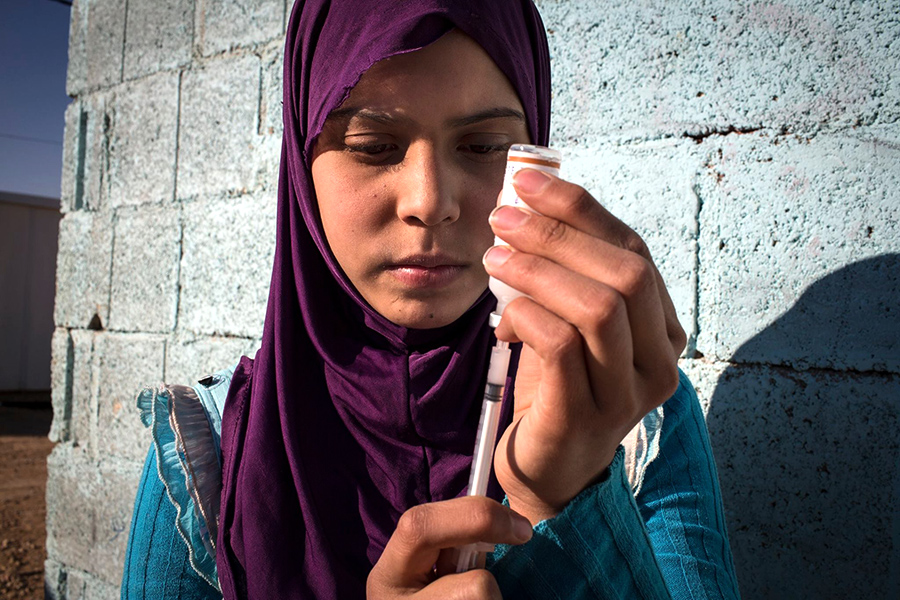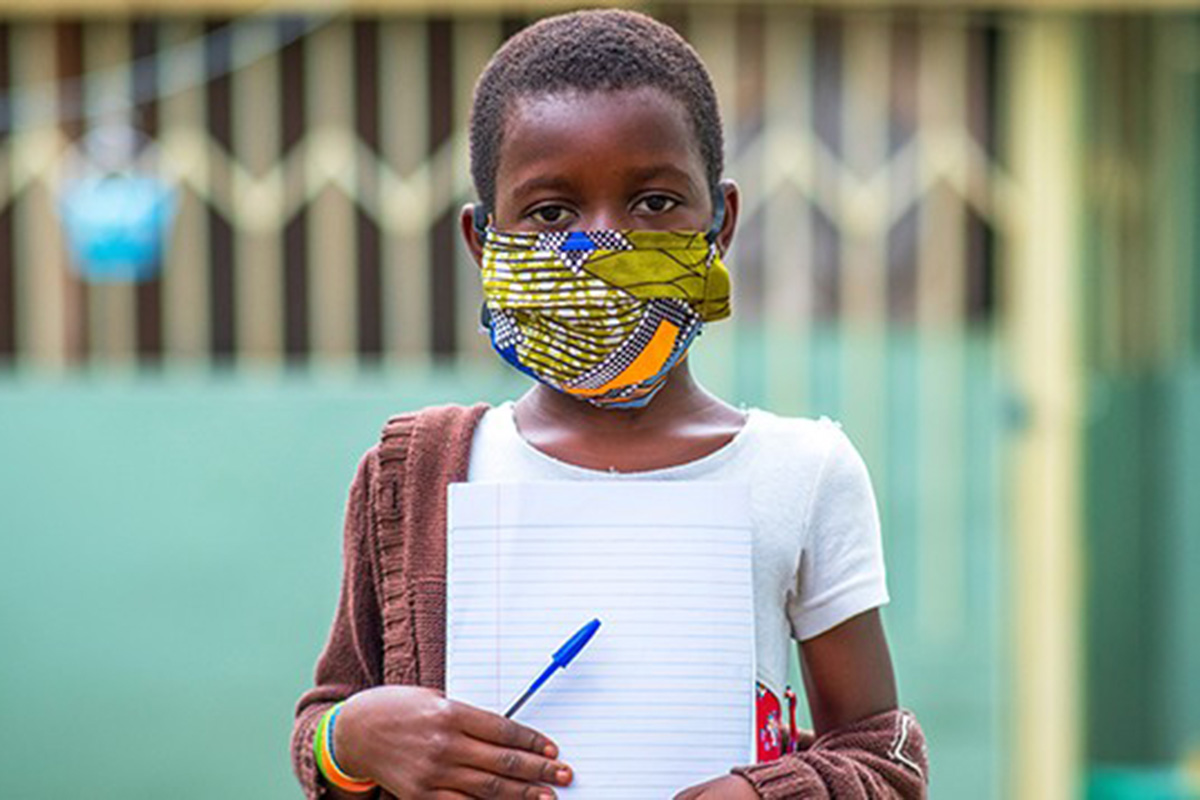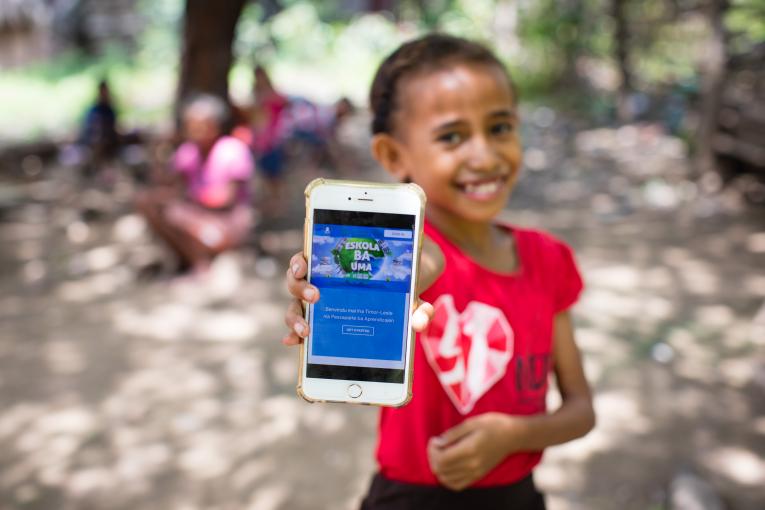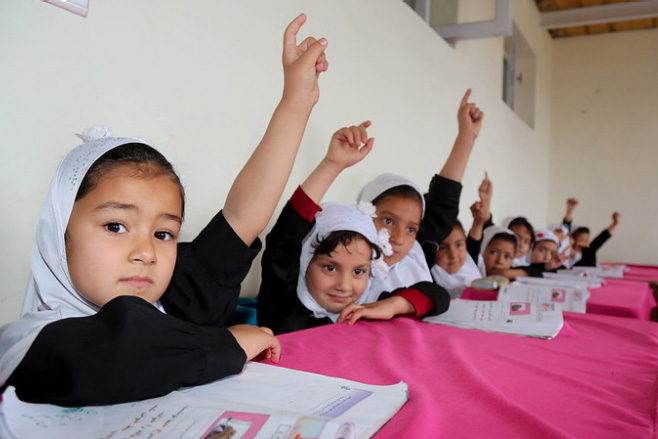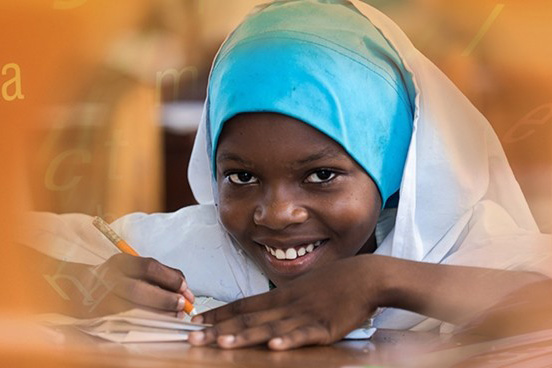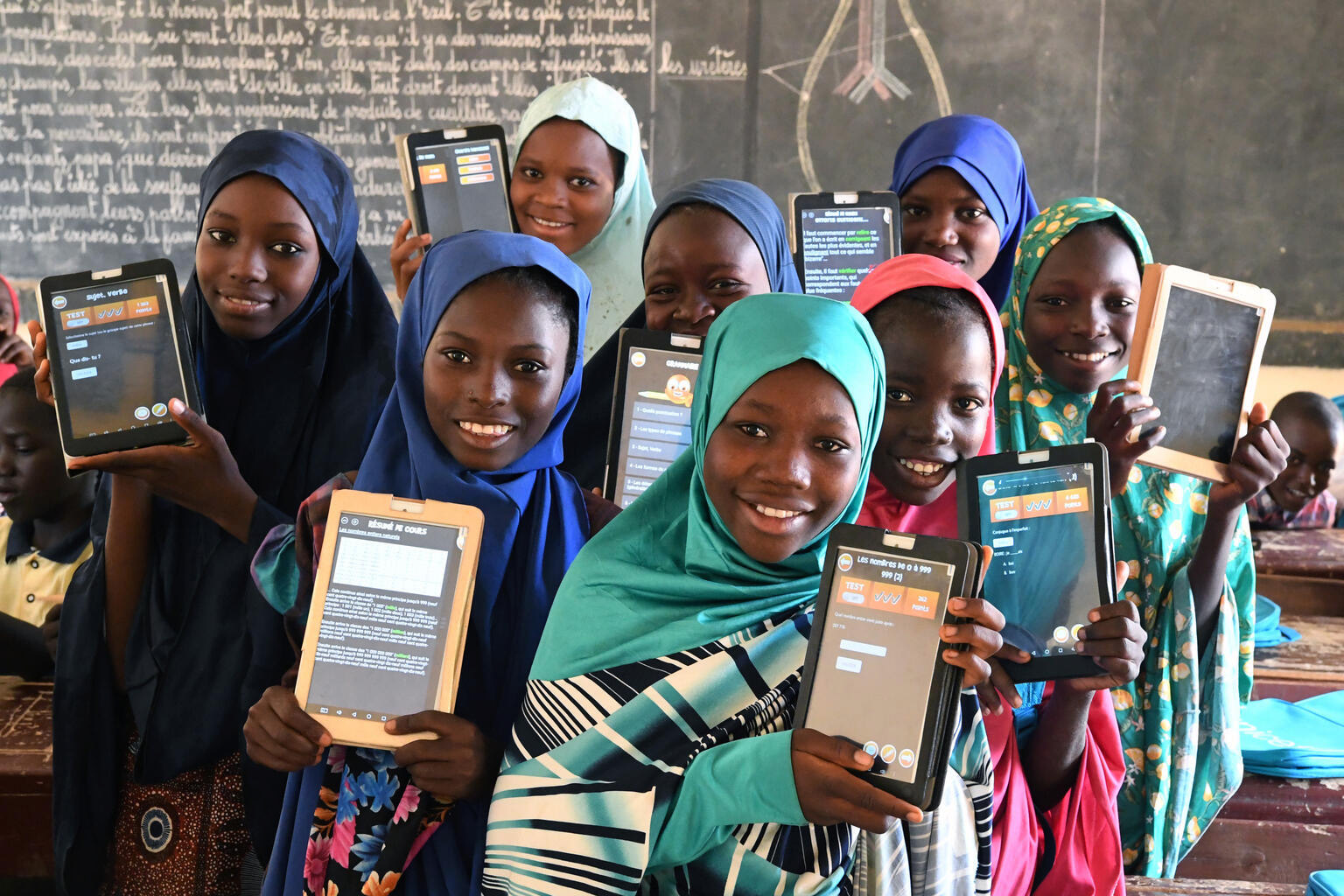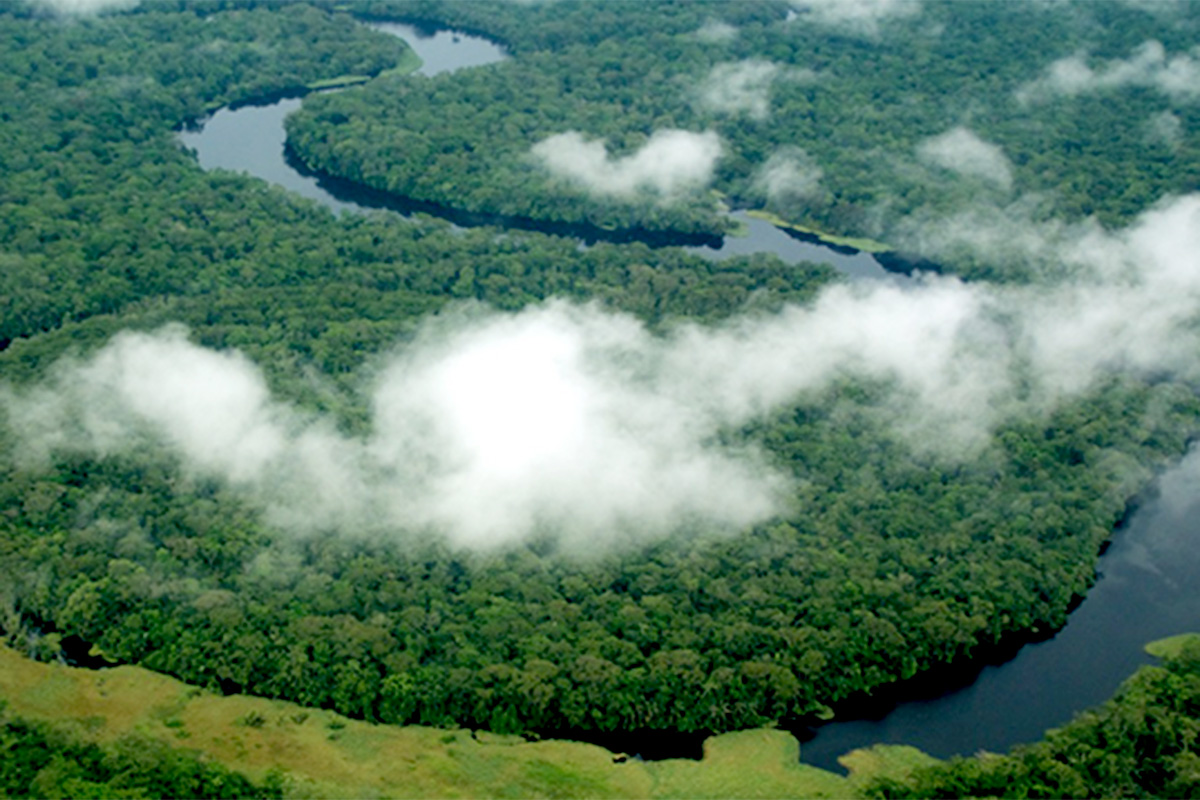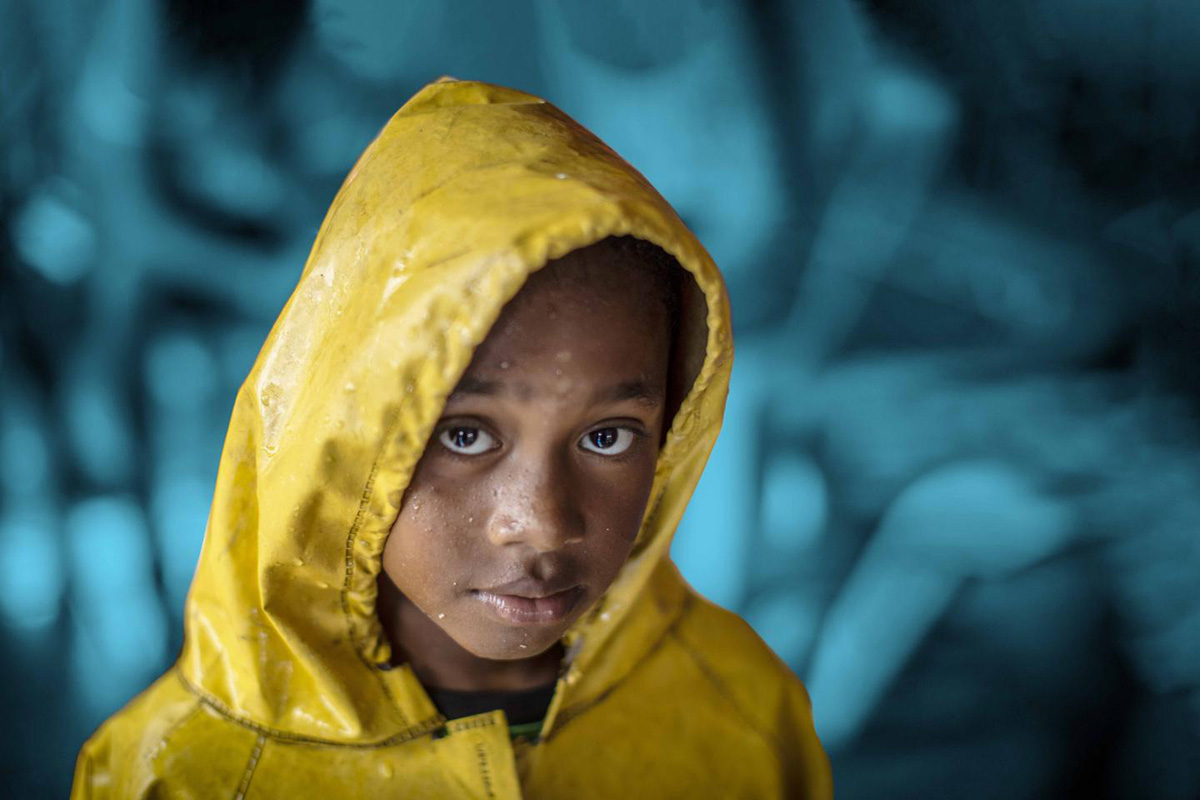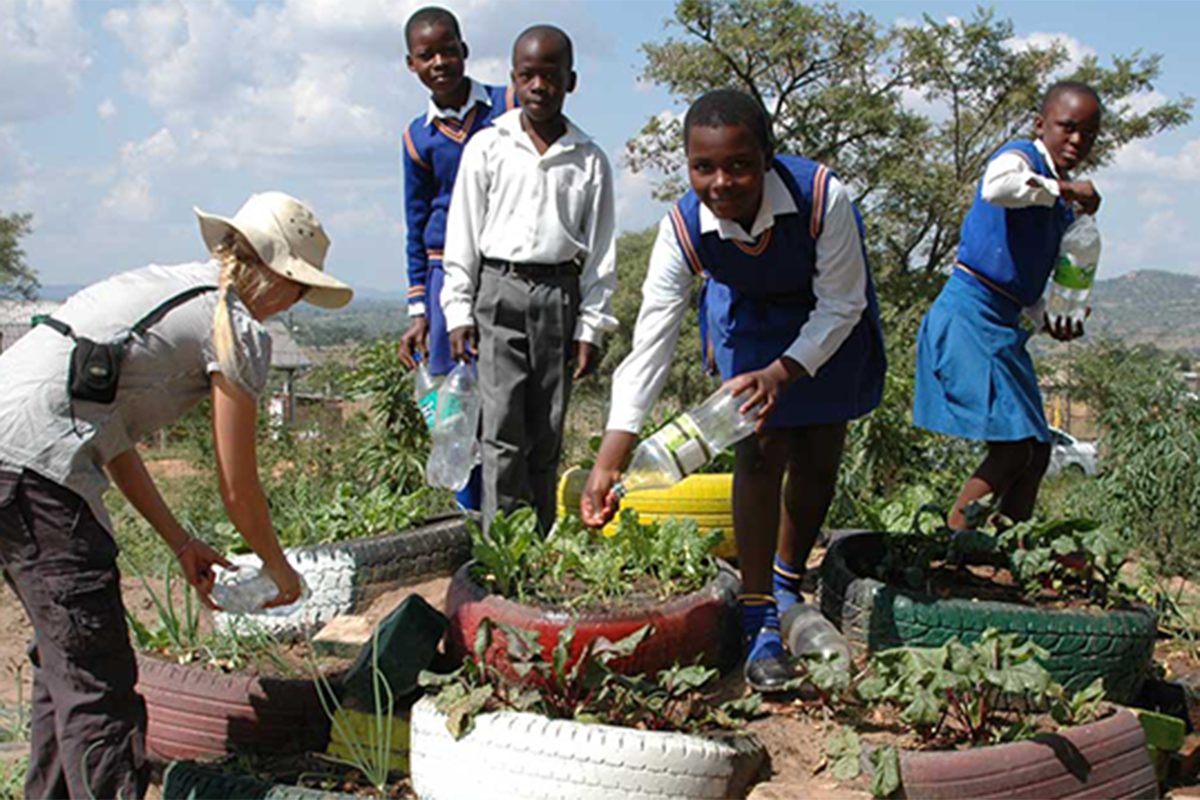A new WHO report shows that close to 7 million deaths could be prevented by 2030 if low- and lower-middle-income countries were to make an additional investment of less than a dollar per person per year in the prevention and treatment of noncommunicable diseases (NCDs). NCDs – including heart disease, diabetes, cancer and respiratory disease – currently cause 70% of deaths around the world. Yet their impact on lower income countries is often underestimated, despite the fact that 85% of premature deaths from NCDs occur in low- and middle-income countries.
This generation of students now risks losing $17 trillion in lifetime earnings, or about 14 percent of today’s global GDP, as a result of COVID-19 pandemic-related school closures, according to a new report by the World Bank, UNESCO, and UNICEF. In addition, The State of the Global Education Crisis: A Path to Recovery report shows that in low- and middle-income countries, the share of children living in Learning Poverty – already 53 percent before the pandemic – could potentially reach 70 percent given the long school closures and the ineffectiveness of remote learning.
UNCTAD predicts that annual growth in maritime trade between 2022 and 2026 will slow to 2.4%, compared to 2.9% over the past two decades.
Before COVID-19, a different pandemic was already threatening the lives and well-being of people around the world: violence against women, impacting at least 1 in 3 women and girls. Now, a new report from UN Women, which brings together survey data collected in 13 countries across all regions, confirms the severity of the problem. Despite its persistent prevalence, violence against women is preventable. UN Women experts offer 5 recommendations for action.
New data from the International Telecommunication Union (ITU) reveal strong global growth in Internet use, with the estimated number of people who have used the Internet surging to 4.9 billion in 2021. The unusually sharp rise in the number of people online suggests that measures taken during the pandemic contributed to a 'COVID connectivity boost' that has brought an estimated 782 million additional people online since 2019, an increase of 17 per cent. However, ITU data confirm that the ability to connect remains profoundly unequal.
Even the planet's most remote and inaccessible environments, such as the Mariana trench and Mount Everest, contain tiny pieces of plastic from human activities miles away. Plastics are the largest, most harmful, and persistent fraction of marine litter, accounting for at least 85 per cent of total marine waste. UNEP’s global assessment: From Pollution to Solution, shows that there is a growing threat in all ecosystems from source to sea. Without urgent action, the estimated 11 million metric tons of plastic currently entering the ocean annually will triple in the next twenty years.
The number of children with disabilities globally is estimated at almost 240 million, according to UNICEF’s most comprehensive statistical analysis to date. “This new research confirms what we already knew: Children with disabilities face multiple and often compounding challenges in realizing their rights,” said UNICEF Executive Director Henrietta Fore. The report includes data from 42 countries and covers more than 60 indicators of child well-being – from nutrition and health, to access to water and sanitation, protection from violence, and education.
The COVID-19 pandemic could drive up the share of 10-year-olds who cannot read a basic text, to around 70 percent in low- and middle-income countries, according to preliminary analysis from an upcoming World Bank report. This rise is a result of the prolonged school closures and poor learning outcomes despite government efforts to deliver remote learning. In many of these countries, schools have been closed for as many as 200 to 250 days, and many have yet to reopen.
Let’s reflect on education as we look to 2050: What should we continue doing? What should we abandon? What needs to be creatively invented afresh? UNESCO is proposing answers to these three essential questions in its new global report on the Futures of Education entitled Reimagining our futures together: A new social contract for education. The foundational principles of this new social contract are: assuring the right to quality education throughout life and strengthening education as a public common good.
UNESCO’s Futures of Education initiative, launched in 2019, aims to rethink education and shape the future in the face of accelerated climate change, persistent inequalities and social fragmentation. While advances in digital communication, artificial intelligence, and biotechnology have great potential, they require investment in digital literacy and infrastructure. As UN Secretary-General António Guterres said of the COVID-19 crisis: “We have a generational opportunity to reimagine education.” Find out more in the Futures of Education report launched on 10 November.
A UNESCO scientific assessment has found that forests in World Heritage sites play a vital role in mitigating climate change by absorbing 190 million tons of CO2 from the atmosphere each year.
The UNICEF report presents the Children’s Climate Risk Index, which uses data showing new global evidence on how many children are currently exposed to climate hazards, shocks and stresses.
When you think of climate migration, you probably think of people moving from one country to another to escape rising seas or expanding deserts. And to some extent, you’d be right. But the fact is, the vast majority of climate migrants are actually moving within their country’s borders Hotspots of climate migration may start to emerge as early as 2030, as people leave places that can no longer sustain them and go to areas that offer opportunities. The drivers of these migrations, according to the World Bank report, will be water scarcity, declining crop productivity and sea-level rise.
New UNESCO data from 100 countries shows that only 53% of the world’s national education curricula make any reference to climate change and when the subject is mentioned, it is almost always given very low priority. Furthermore, fewer than 40% of teachers surveyed by UNESCO and Education International were confident in teaching about the severity of climate change and only about one-third felt able to explain the effects of climate change on their region or locality. Over a quarter of those surveyed felt some approaches to teaching climate education were not suited to online teaching.

